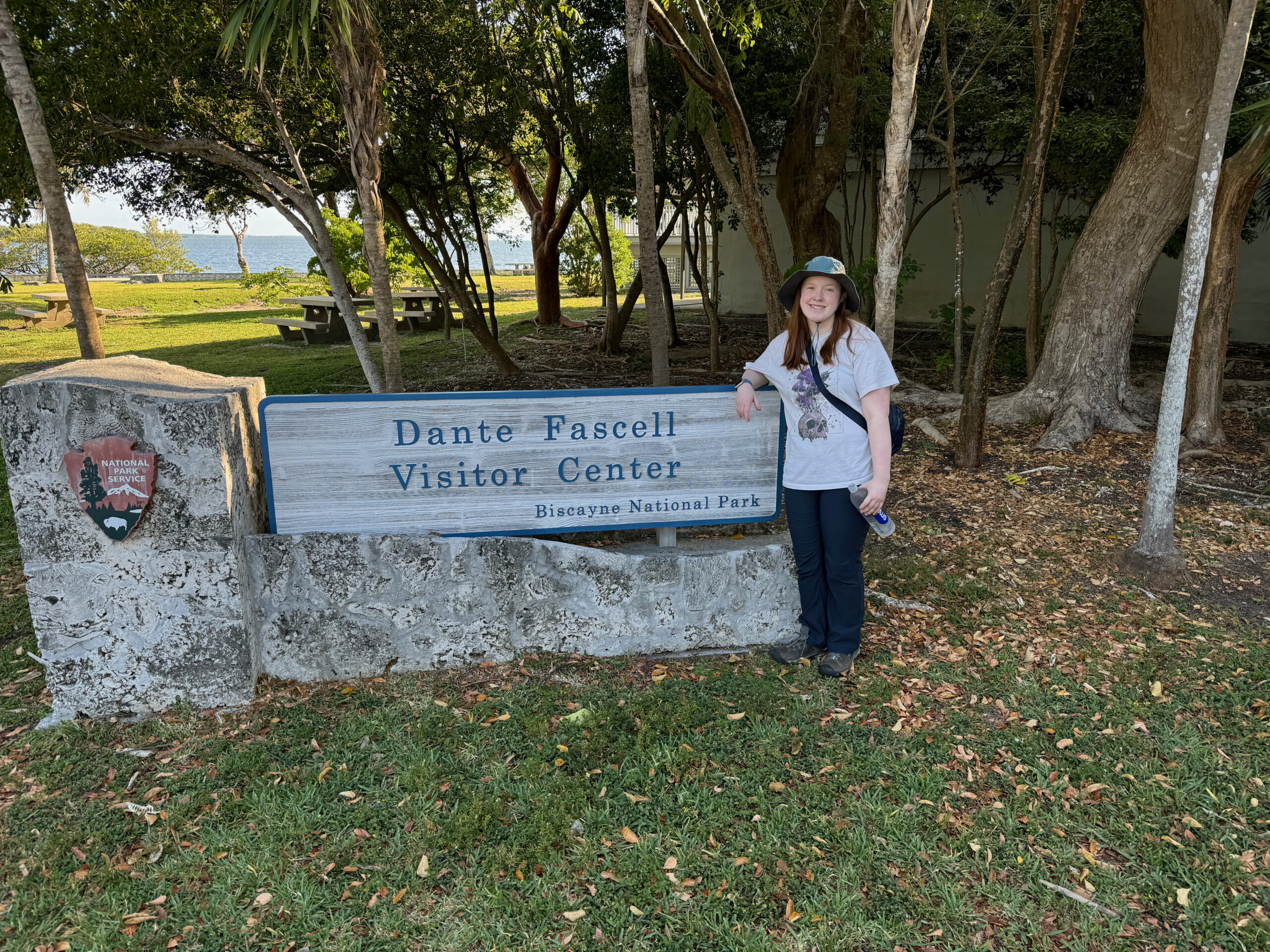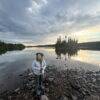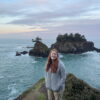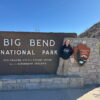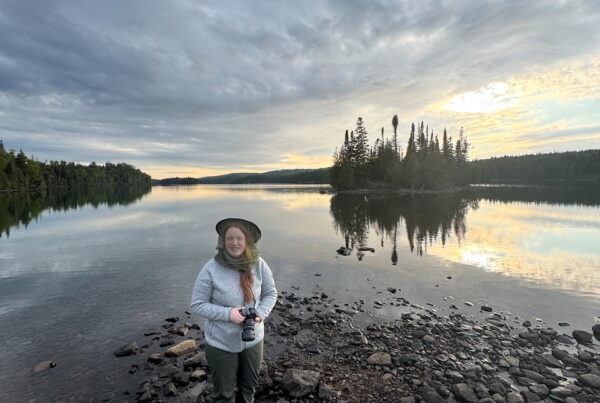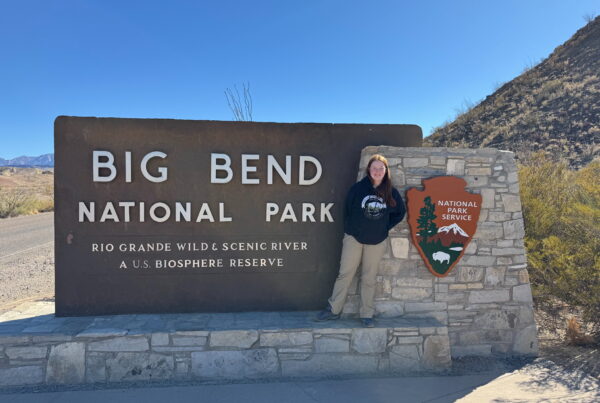Cameron and I ventured down to Miami, Florida, to visit Biscayne National Park. Although we had both spent a good deal of time in and around Miami, we had never focused on Biscayne. This trip marked the 51st National Park we have visited together!
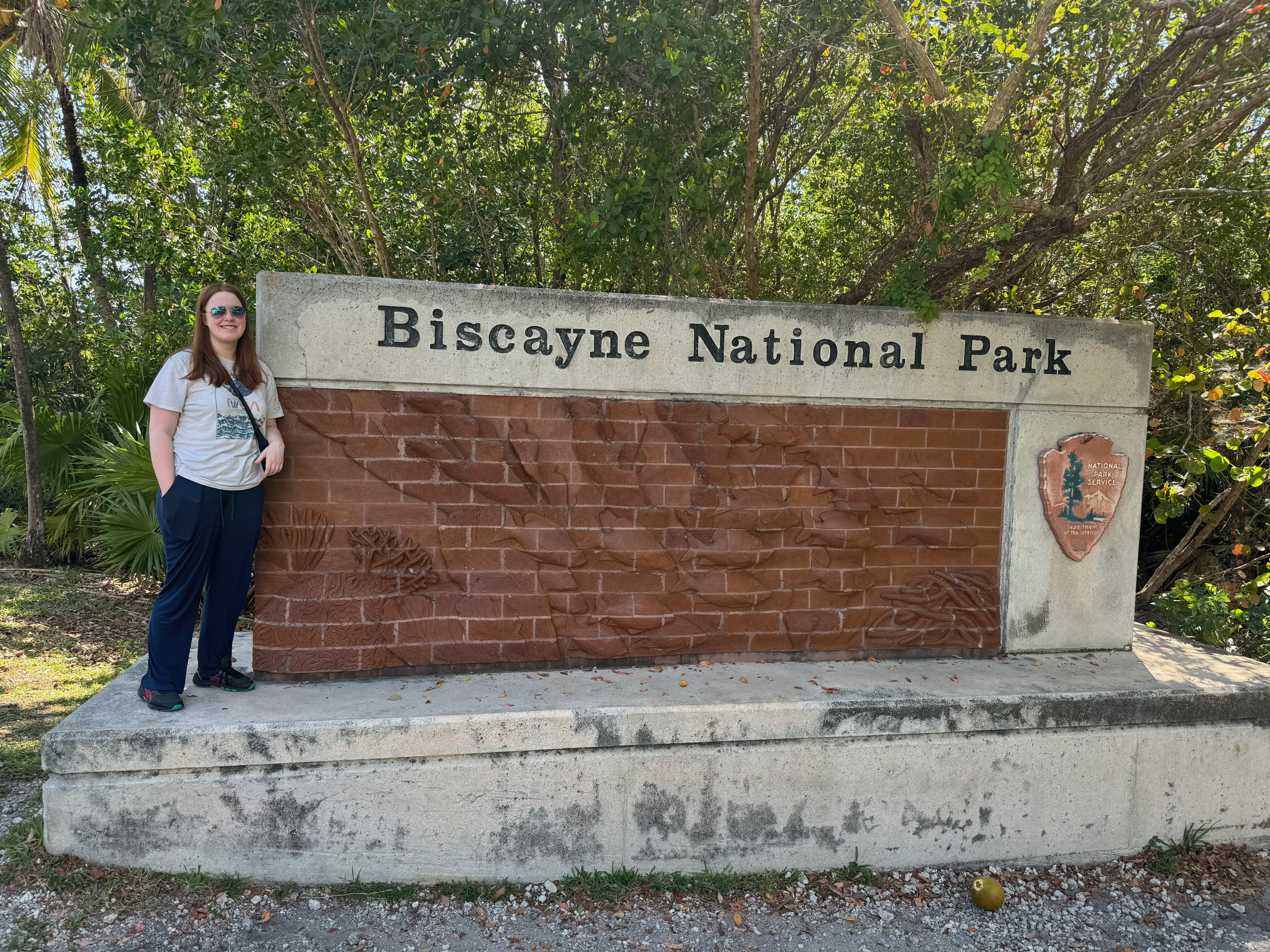
Biscayne is a challenging park to visit and photograph. Located just south of Miami, it is known for its keys, mangrove forests, and barrier reefs. Interestingly, 95% of its 172,971 acres are water. The park’s few land areas are composed entirely of keys, or islands, formed from fossilized coral reefs. Biscayne National Park protects four distinct ecosystems: the shoreline mangrove swamp, the shallow waters of Biscayne Bay, the coral limestone keys, and the offshore Florida Reef.
Native people inhabited the Biscayne Bay region as early as 10,000 years ago, before rising sea levels filled the bay. The Tequesta people occupied the islands and shoreline from about 4,000 years ago until the 16th century when the Spanish took possession of Florida. Over the centuries, the reefs claimed more than 40 ships, with documented wrecks scattered throughout the area.
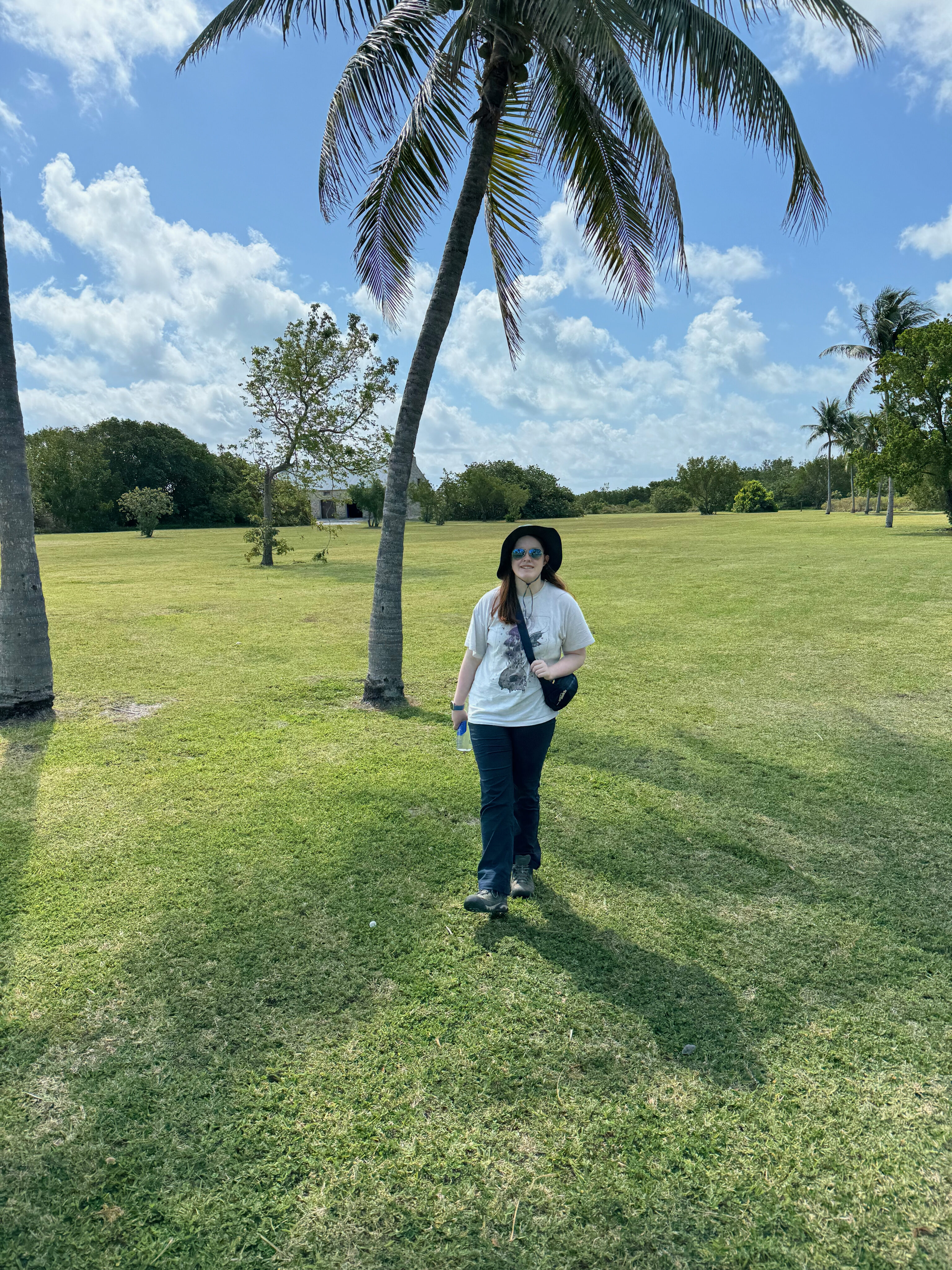
In the early 20th century, the islands became a secluded destination for wealthy Miamians who built getaway homes and social clubs. Evidence of some of their buildings still exists today. Others built houses on raised platforms, known today as Stiltsville, starting in the 1930s and continuing through the 1960s.
The park was originally proposed as an extension of Everglades National Park. The area remained undeveloped until the 1960s when a number of projects were proposed to develop the island land. A backlash against development led to the 1968 designation of Biscayne National Monument. The protected area was expanded and re-designated as a National Park in 1980.
Most of the park’s activities revolve around water-based adventures, including boating, snorkeling, and kayaking. To see as much of the park as possible, we hired different tour companies to take us around the islands and historic sites.
We stayed in Homestead, a city we’ve visited a few times before. It was just a short drive to the Biscayne Bay Visitors Center, making it an easy starting point for both Biscayne and Everglades National Parks. Homestead offers plenty of good local restaurants, shopping, and everything one might need.
At the visitor center, we got our passports stamped and bought our pins and patches. We then embarked on the Boca Chita Key Heritage Cruise. This tour was fascinating as the guides shared the rich history of the park. We spent a few hours on Boca Chita Key, exploring and photographing the key. The original lighthouse, built during the key’s heyday, still stands.
Boca Chita Key was once a popular retreat for the wealthy elite of Miami in the early 20th century. The key features a lighthouse built by Mark C. Honeywell, founder of the Honeywell Corporation, in the 1930s. Although the lighthouse was never officially lit as a navigational aid, it remains a prominent landmark. The island also has remnants of picnic areas, a chapel, and various other structures from its past as a social hub.
The other tour we took departed from Miami and explored Stiltsville. Like the other tour, our guide was immensely knowledgeable about the history of the houses, making it a unique and intriguing experience.
Stiltsville began in the 1930s when “Crawfish” Eddie Walker built a shack on stilts above the water, where he sold bait and beer. Over the years, more structures were added, creating a small community of houses, clubs, and lodges accessible only by boat. By the 1960s, Stiltsville had become a lively social scene, attracting Miami’s elite for fishing, swimming, and parties. Despite hurricanes and changing regulations, a few structures still stand today, managed by the National Park Service and maintained by a preservation trust.
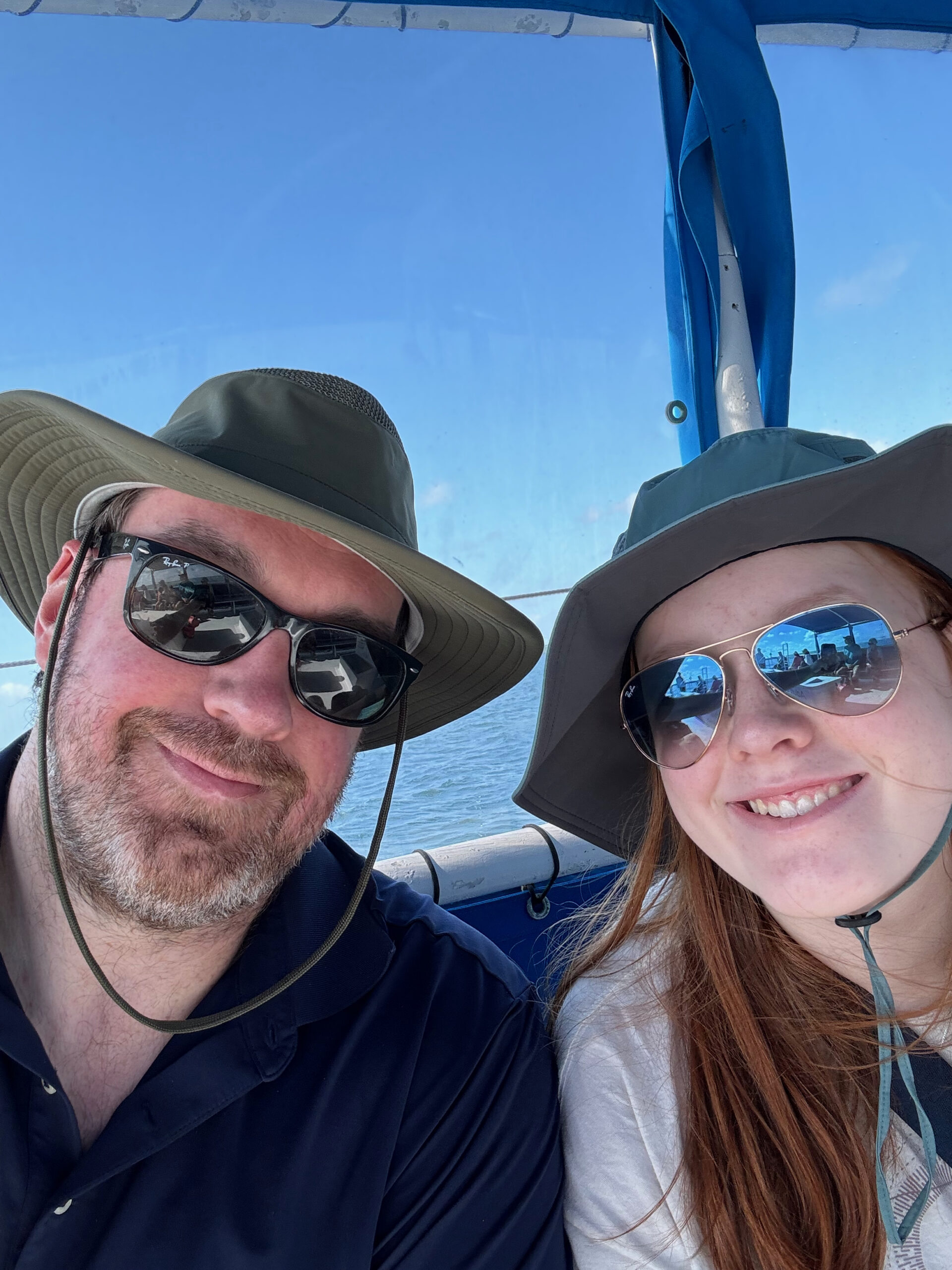
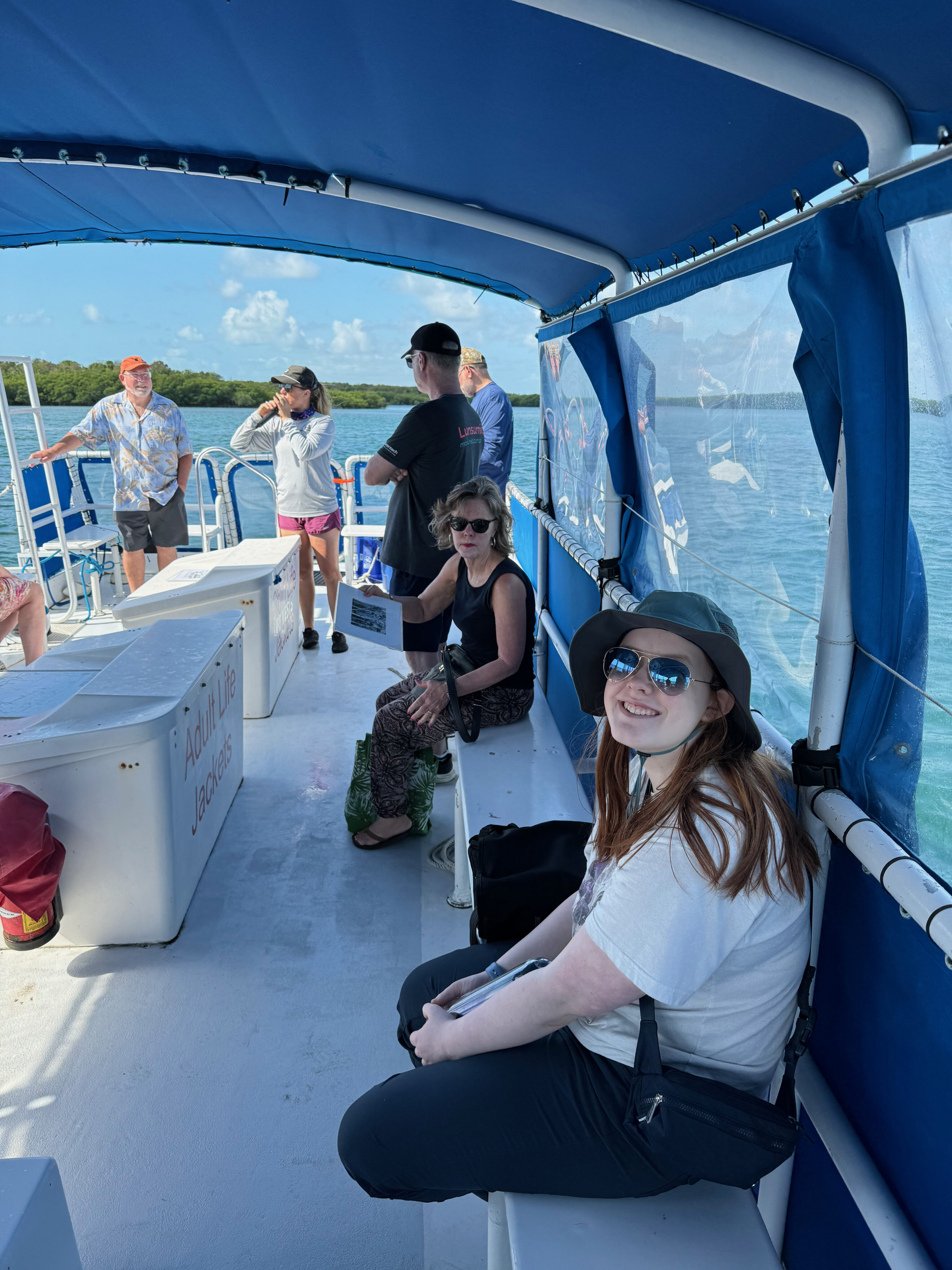
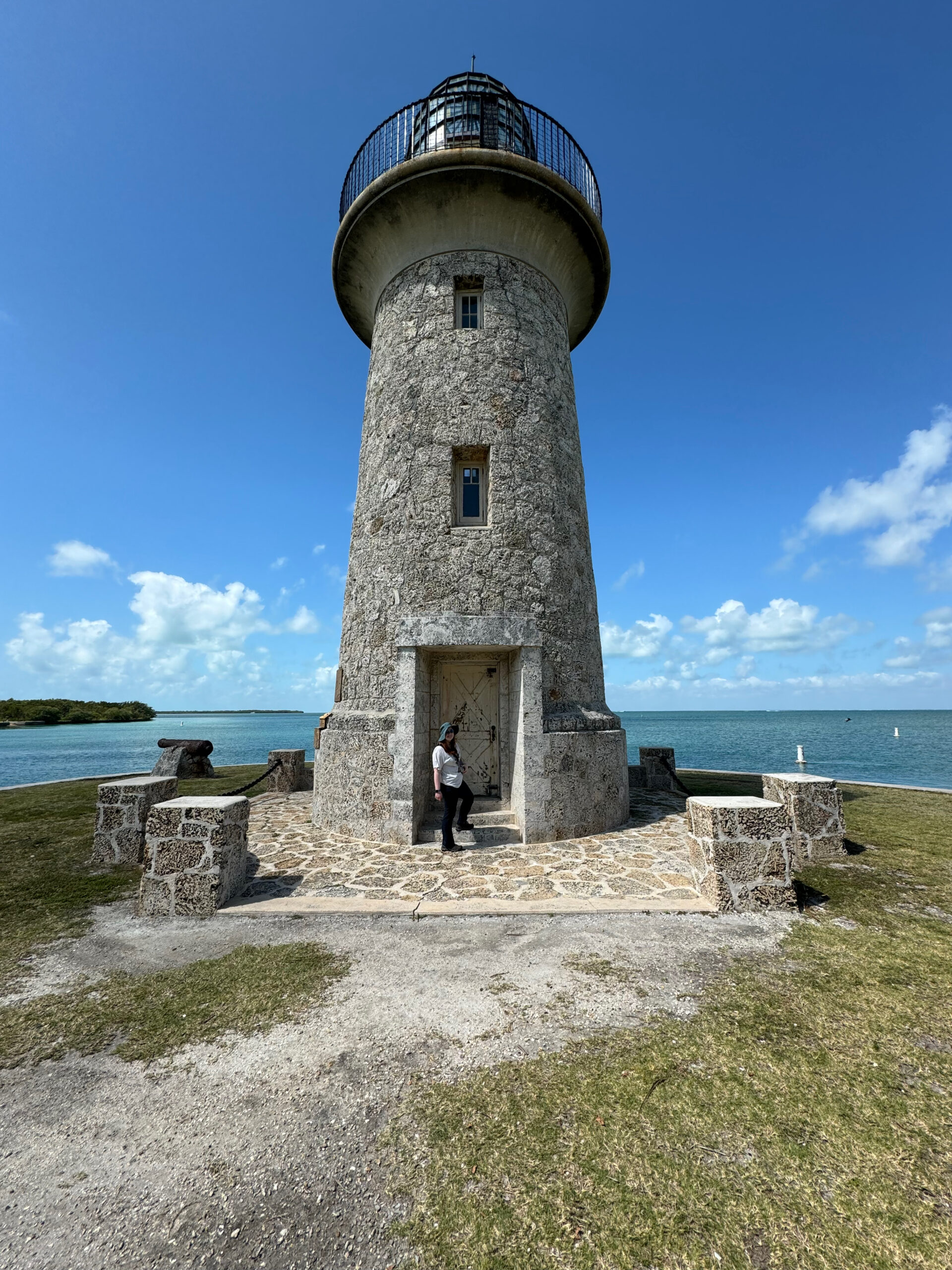
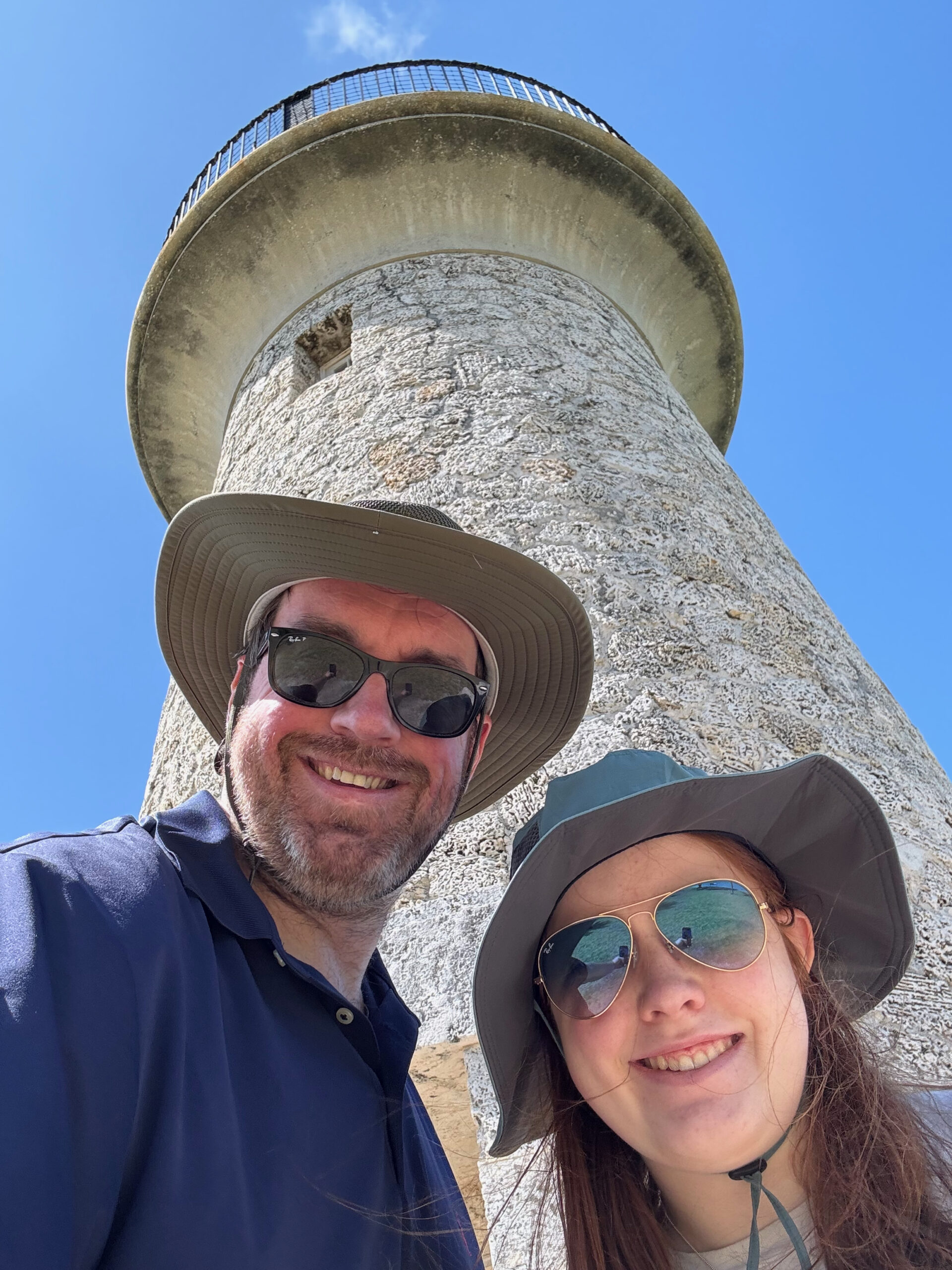
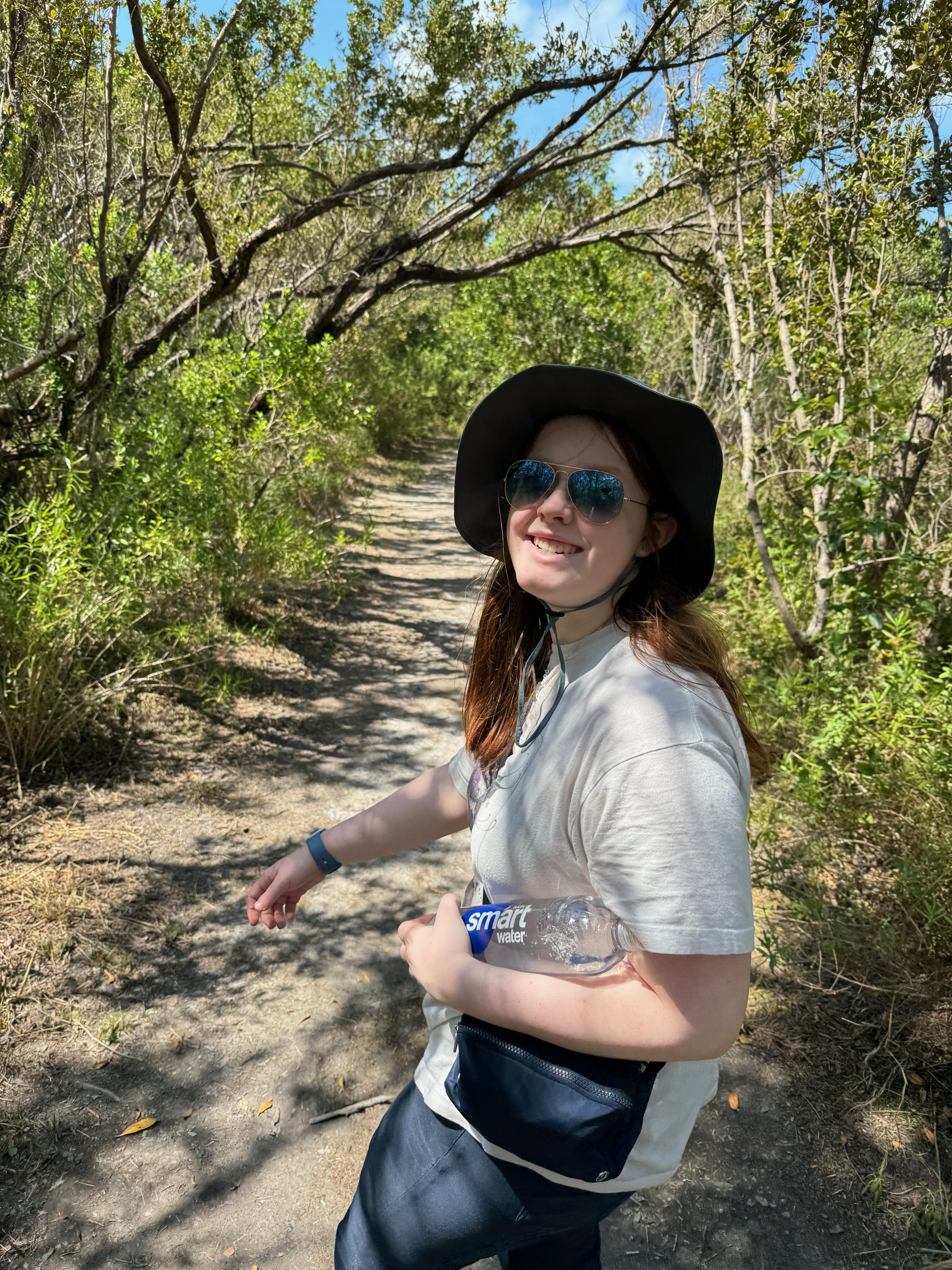
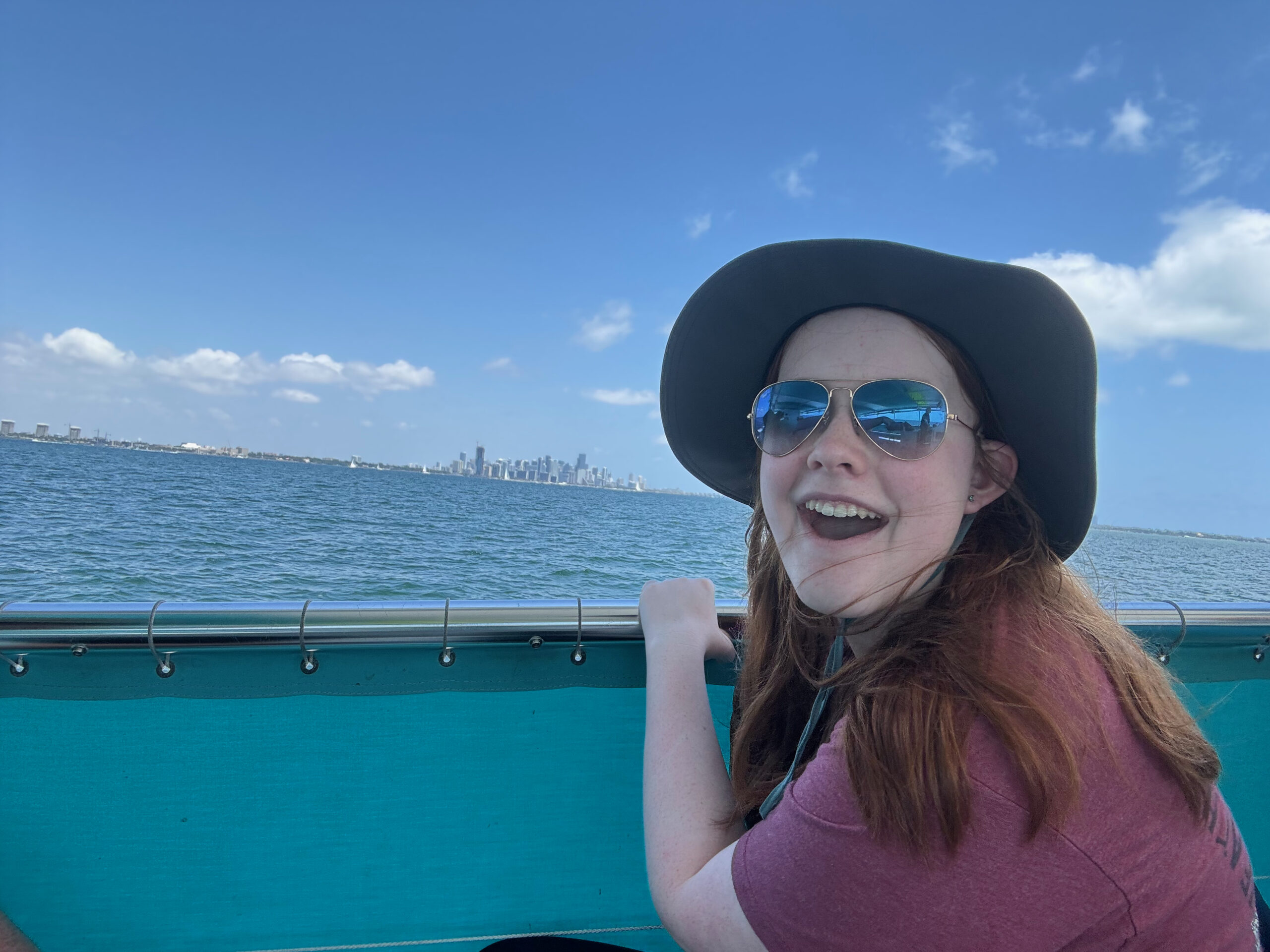
With boating as our only option, we explored as much of the park as we could over two days but still had a few days left in southern Florida. Despite having visited the Everglades twice before, it’s such a vast park that we decided to explore the area around the Shark Valley Visitors Center. The heat was intense, but we managed to hike most of the main trail, spotting dozens of alligators in the water right next to the path. We also attempted to rent bikes but, unfortunately, arrived too late.
We spent two sunsets in Miami, a city I’ve had the good fortune of photographing extensively. Our first night was spent on Brickell Key, offering interesting and close views of the skyline. The second sunset was under the bridge on the Rickenbacker Causeway, providing a stunning view of the southern Miami skyline.
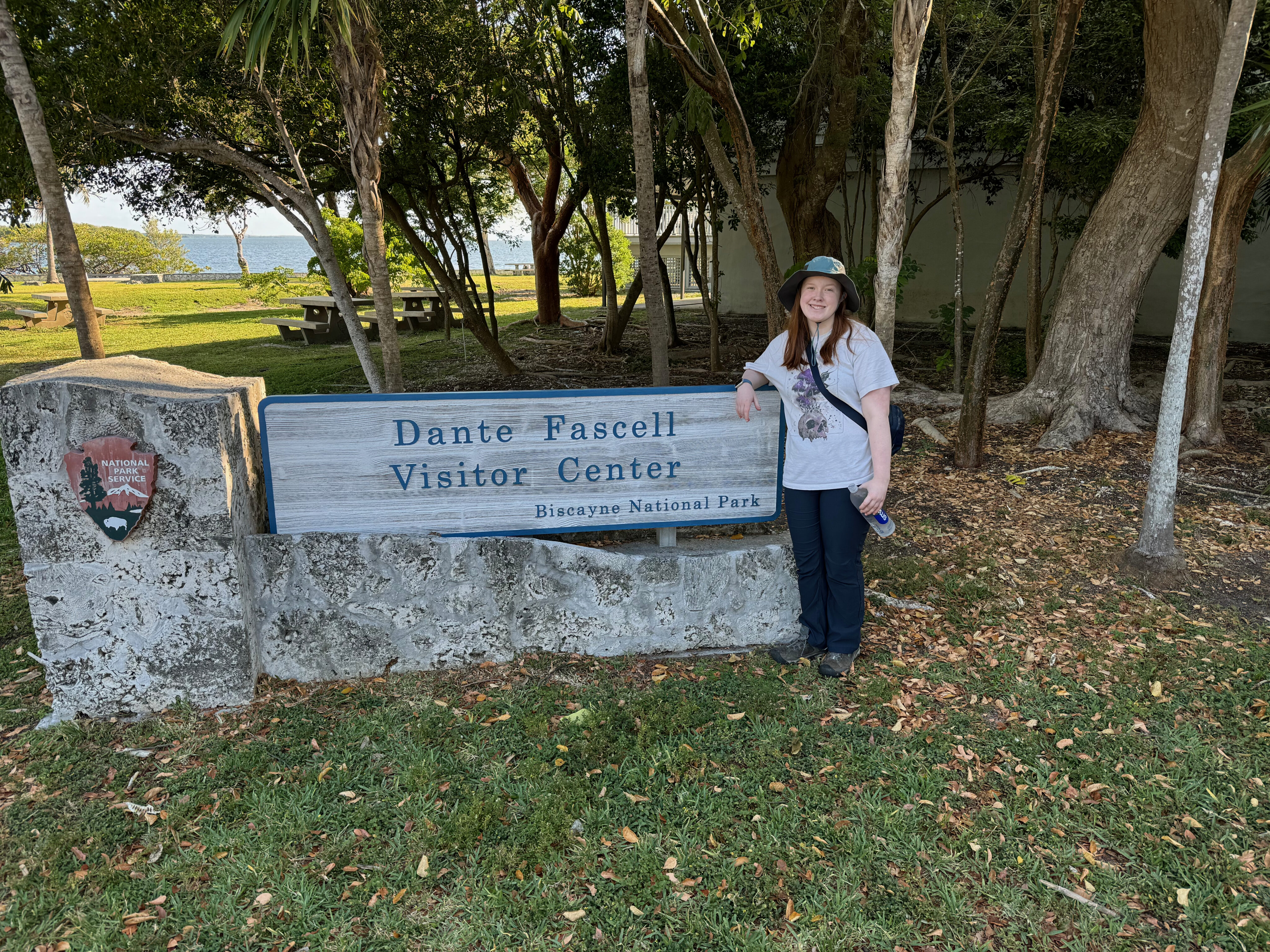

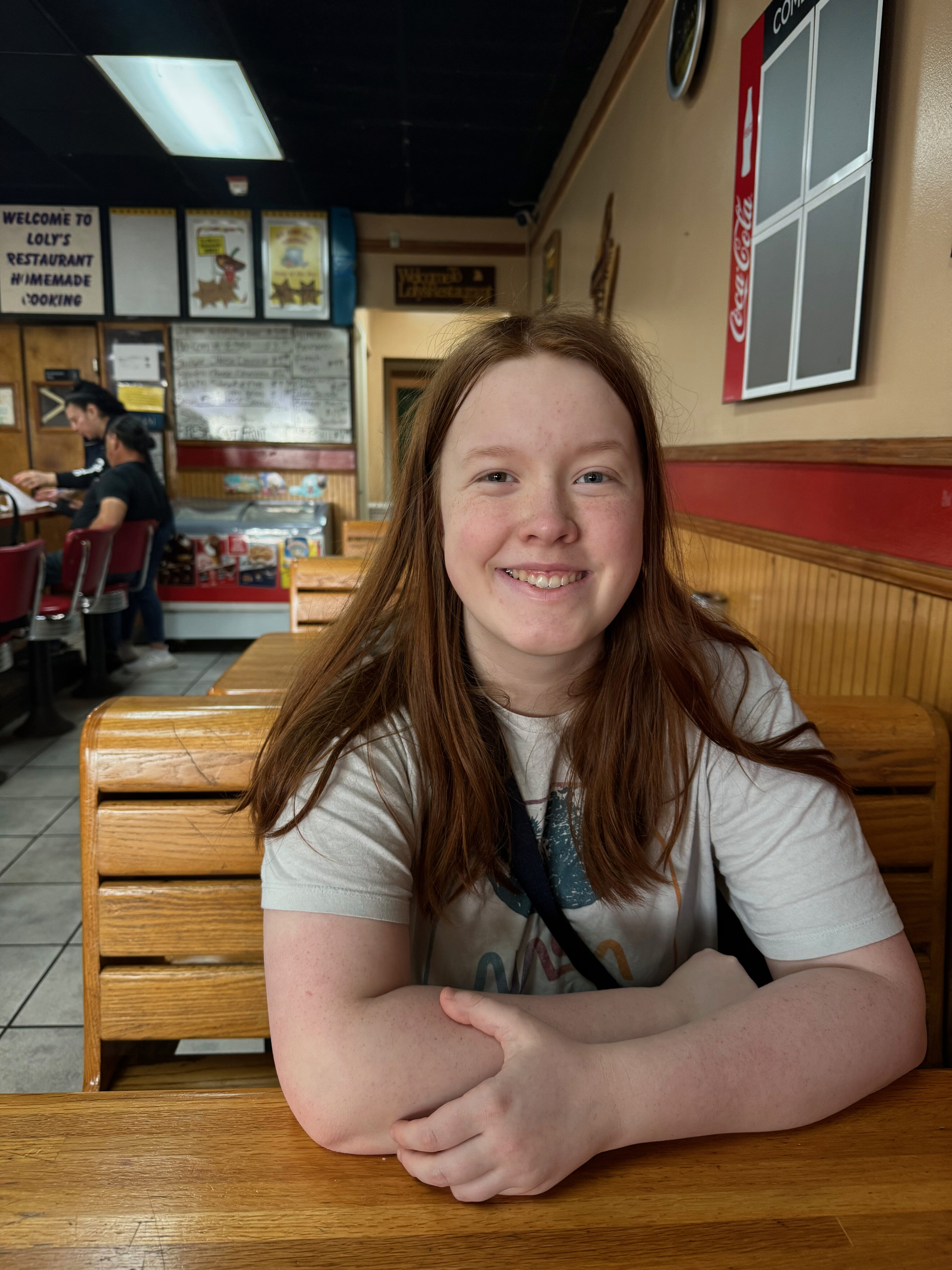
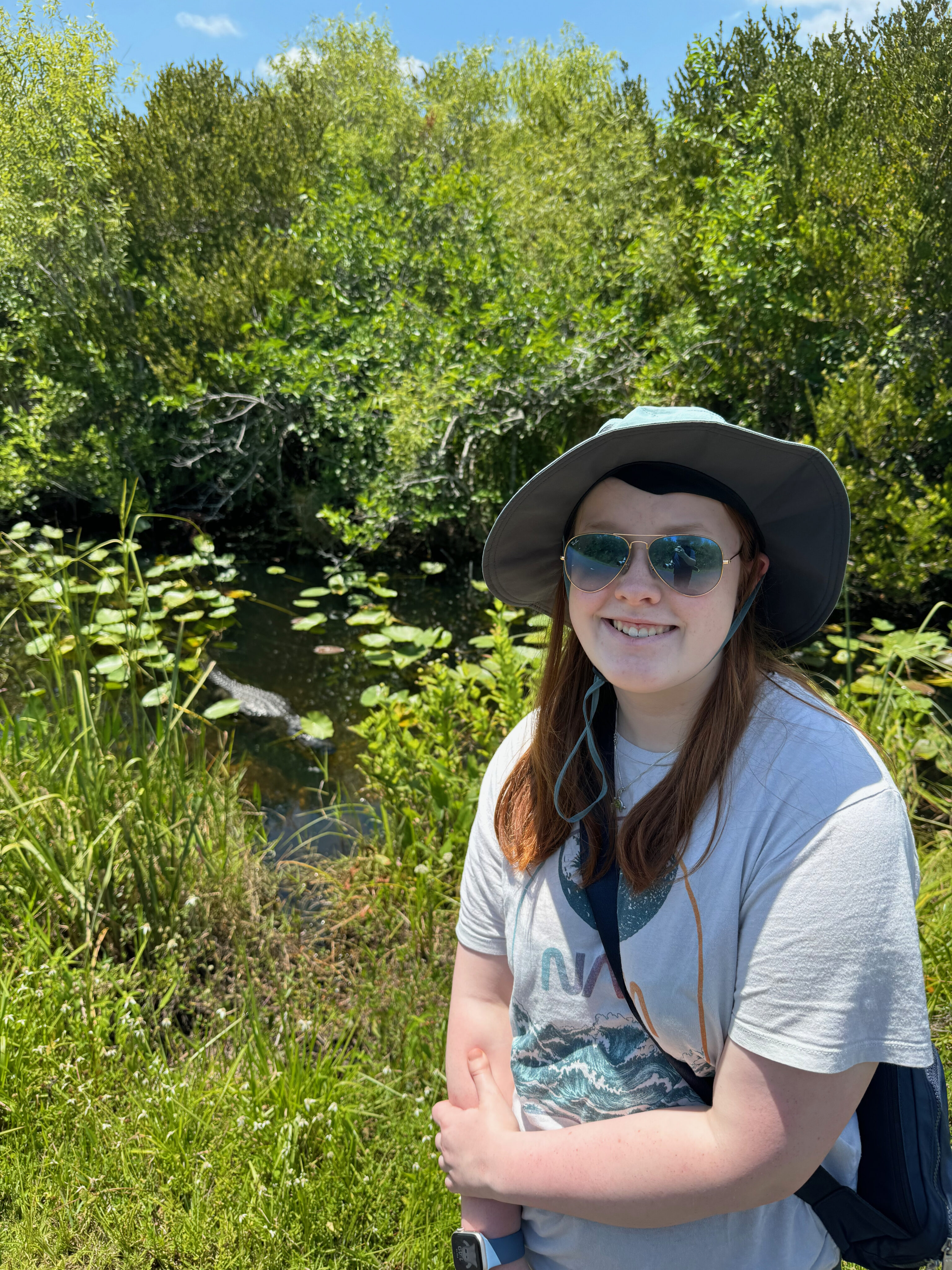
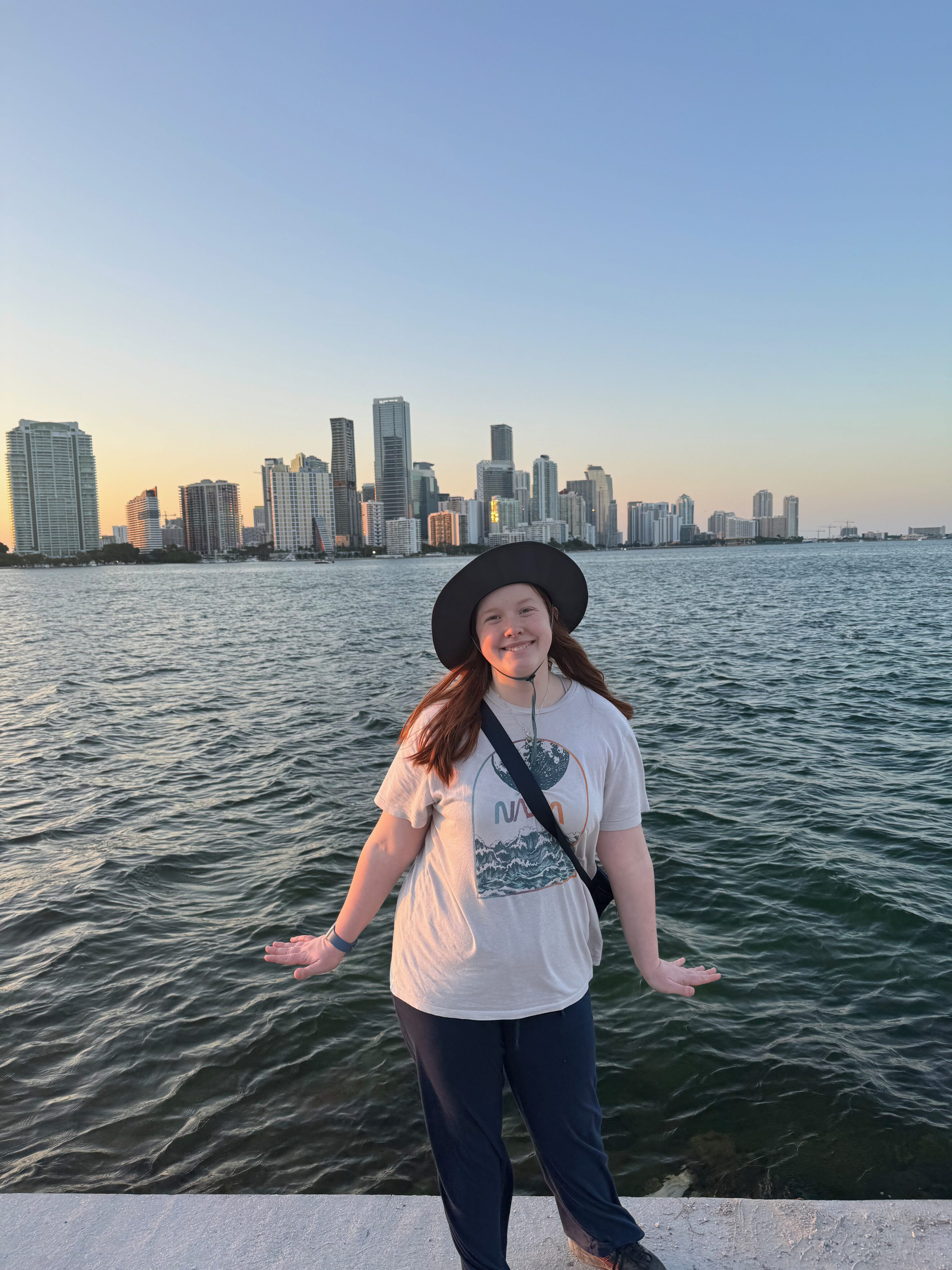
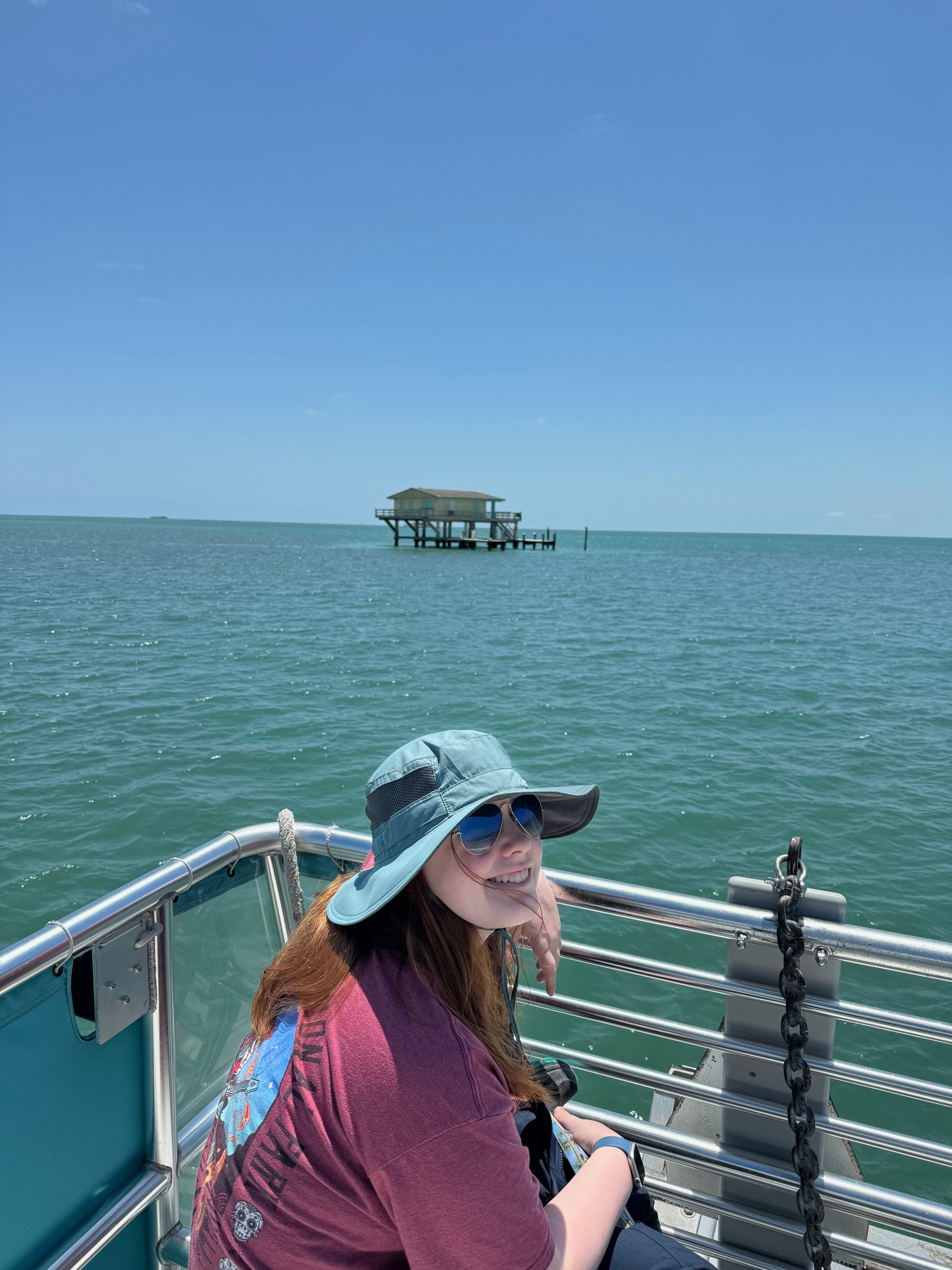
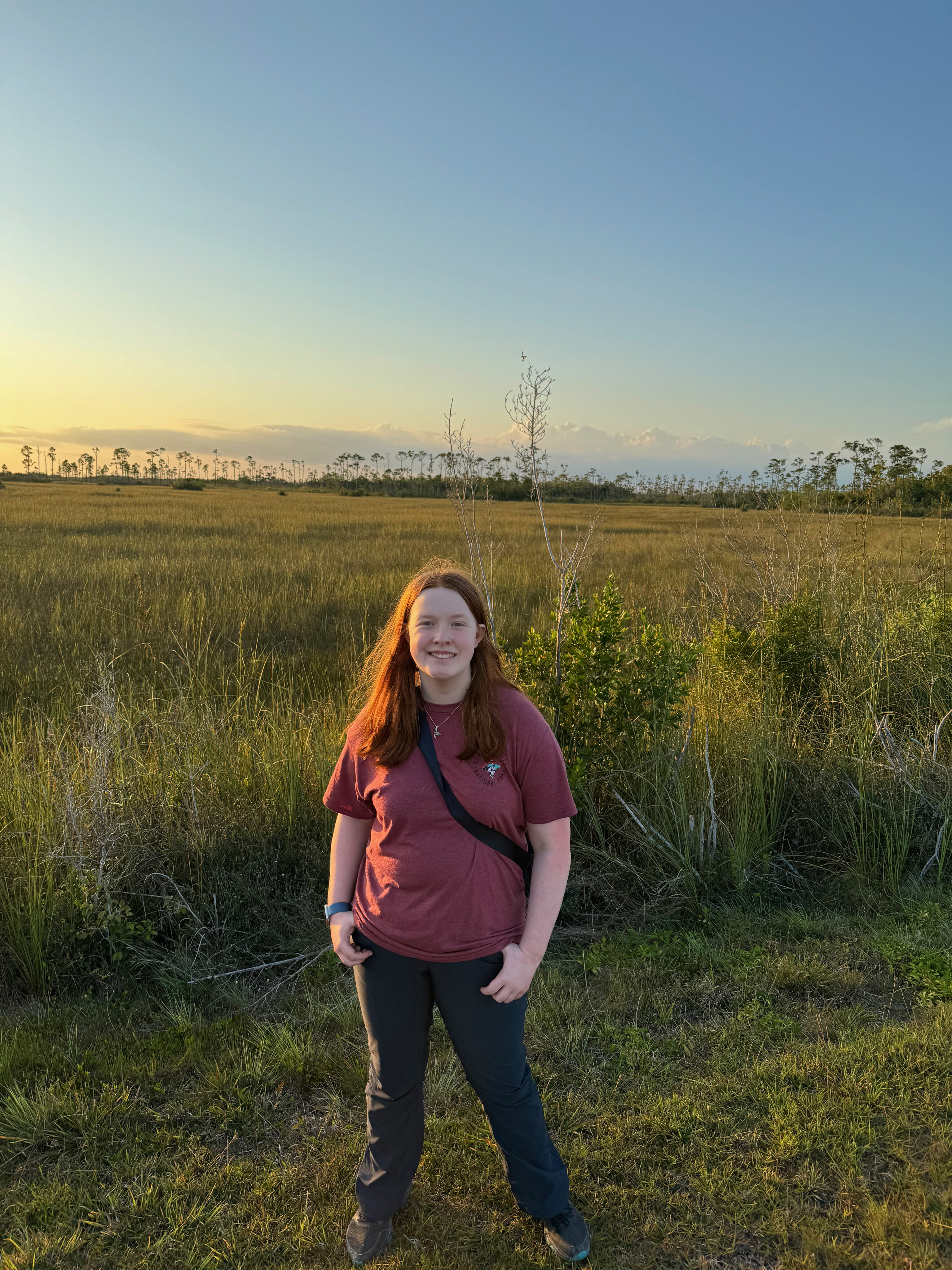
For our final sunset, we returned to the main section of Everglades National Park. This was one of our early National Park visits, and we revisited after our trip to Dry Tortugas. Despite the heat, it was wonderful to be back and enjoy a beautiful sunset.
Overall, we had a fantastic time exploring a new park and revisiting some of our favorite places in Florida.


